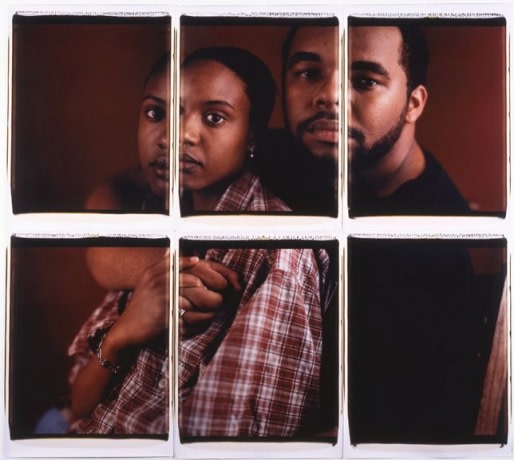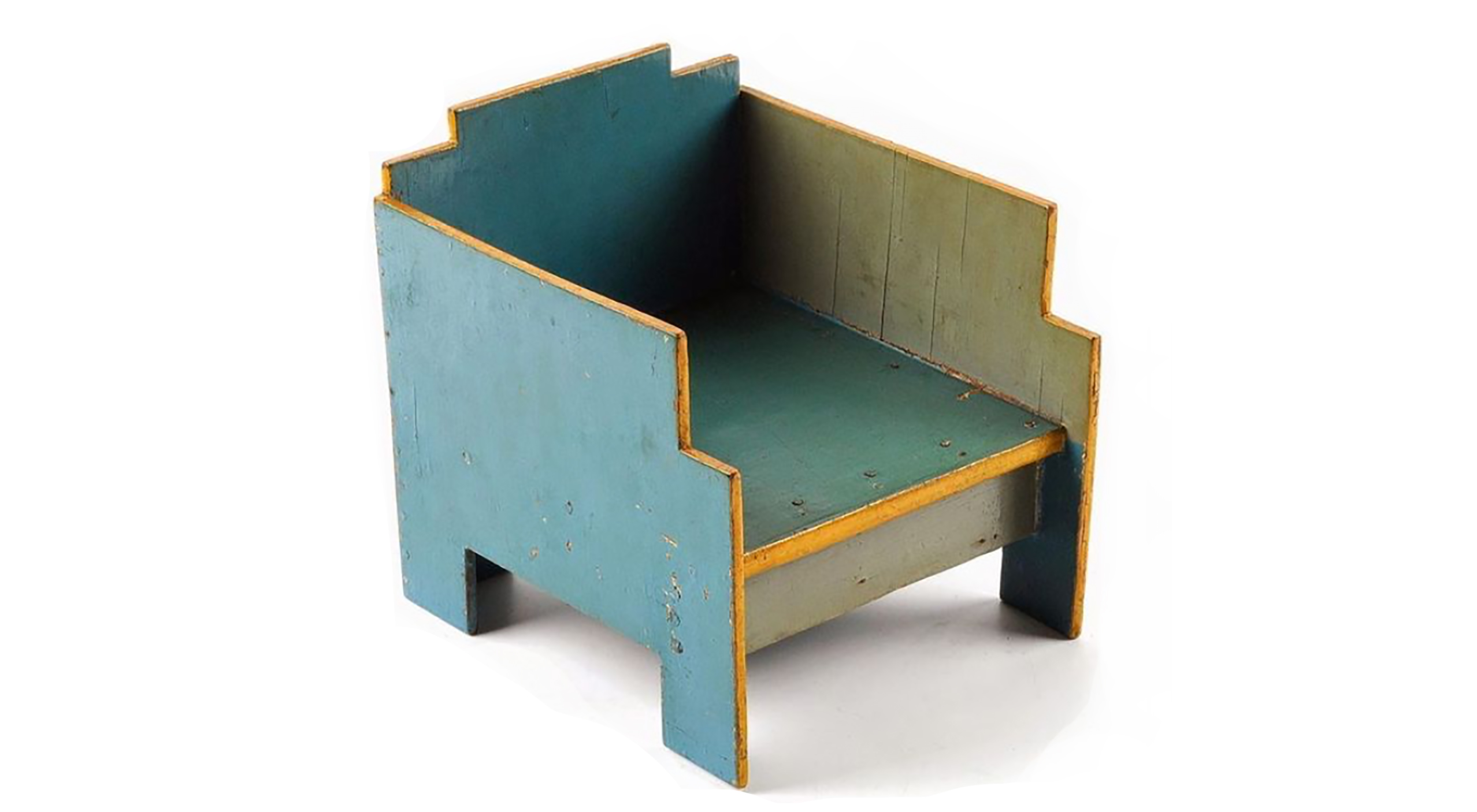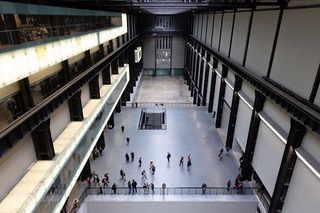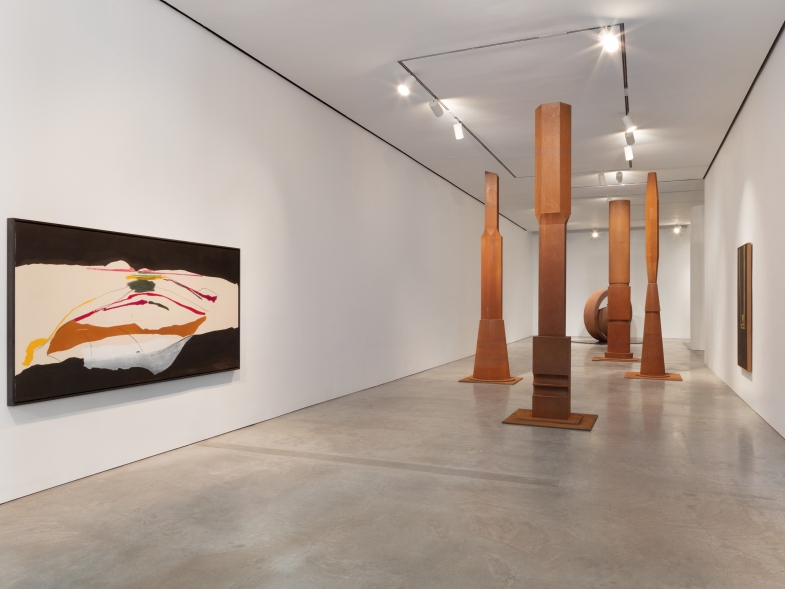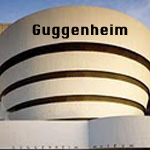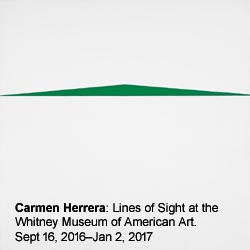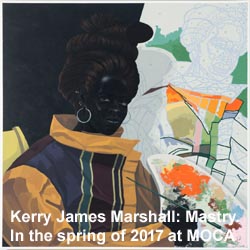Michael Graves: An Architect from a Parallel Dimension of Time
Interview by Vladimir Belogolovsky
425 Fifth Ave, New York, NY, 2000. Photo: Michael Graves & Associates
Buildings designed by Michael Graves stand out among contemporary structures. As today’s architecture is fleeting and does not claim eternity, many of the edifices that have emerged in front of our eyes will vanish in 20 or 50 years from now. What will then remind us of the dynamic and expressive architecture of the early XXI century apart from the archival internet images? The buildings designed by Graves. They are comfortable, cost-efficient, figurative and durable; they never swing, fly up or break down into illusory phantasmagorias. They can hardly be denied their certain monumentality, uniqueness, singularity and the capacity to express the vision of a single architect. More than 300 buildings have been erected after Graves’ drafts in many parts of the world, and more than 1,500 commodity products of his design have been created for such companies as Target and Alessi: clocks and watches, toasters, mixers, telephones, chess pieces, brooms, salad bowls. More than two million whistle teakettles have already been sold, so it wouldn’t be an overstatement to suggest that the whimsical aesthetics of Graves has entered every American home.
Among his most famous projects is an Administrative building in Portland dubbed as the beacon of the Post-Modernism; Humana Building in Louisville that brought extravagant forms and colours back into architecture; Disney hotels Swan and Dolphin in Orlando with giant swans and dolphins on roofs; Denver’s Central Library – a grotesque conglomeration of forms, reminiscent of children’s Meccano parts. Hundreds of awards have been conferred on Graves’ projects. In 1999 President Bill Clinton presented the National Medal of Arts to Graves while in 2001 the American Institute of Architects endowed him with Gold Medal, its most prestigious award.
During my recent trip to Princeton I visited the workshop and residence of Graves. His offices occupy three cottages in a prestigious residential neighborhood on the Princeton University campus. About a hundred architects and designers are involved in the creative process here. Located nearby is a small store with the latest designer’s novelties, and within a five-minute walk, at the outskirts of a small park, in the shadow of age-old trees, sits the master’s residence, resembling a secluded Toscana villa – with fragrant orchards and an alley of slender cypresses. On both sides of the alley are a couple of one-family houses rented out by Graves.
A suite of inner rooms in the host’s spacious house evokes recollections of bygone ages. At the entrance sits a sarcophagus filled with cool water. The foyer is crowned by a vault with an oculus evoking the Pantheon. Bronze-clad Socrates, Plato, Aristotle and Pythagoras are pensively silent in the corners. On the walls of the living room are heroes of ancient legends and myths, whereas the tops of numerous tables, sideboards and escritoires in the Biedermeier style are strewn with unique collections of ancient snuffboxes, earthenware, cast-iron inkpots, magnifying glasses with ivory handles and other items brought by Graves from Western Europe, Greece and Egypt and put up for show. A double-height library with ancient books and atlases prompts a special respect. One of the shelves is filled with pictures of Graves at the White House with various presidents – from Ronald Reagan to George W. Bush Junior – with well-known players in his favourite golf and certainly in the midst of children and grandchildren (this house is highlighted in greater detail in the Object section).
Love for history had a direct impact upon Graves’ architectural predilections. You may see outlines of Egyptian pyramids, Greek temples, Roman Thermae and vaults of magnificent Christian cathedrals in his unusual buildings. Critics associate the name of Graves with Post-Modernism – a movement interpreting historical architectural styles, especially popular in the 1980’s.
According to well-known critic and historian Charles Jencks, Post-Modernism is defined by "double coding: the combination of Modern techniques with something else (usually traditional building) in order for architecture to communicate with the public and a concerned minority, usually other architects". In other words, Post-Modernism is a mixture of new construction methods and materials and customary historical "garments" and patterns. Paradoxes, irony, allegory and parody are the beloved ploys used by Post-Modernists. Projects of Graves are something special, not like anything else. His interpretations of historical styles are notable for unique forms, both familiar and uniquely his own, painted in characteristic saturated colours and hues.
The architecture of Graves is experimental and inexhaustible in its diversity. It is humanistic, not mechanical, emphasizing the metaphor of man rather than machinery. Graves is a visionary architect in the traditional sense. Instead of being a comer from bygone ages, he represents the so-called parallel time, more idealistic and well-balanced.
The architect draws a lot, exploring archaic forms in his landscapes called up by his impressions from visiting ancient Italian places. His compositions remind one of surrealistic landscapes by De Chirico, of cubist collages, poetic forms by Le Corbusier and fantasies of Ledoux. Graves admits that he creates them abstractly as an artist, outside of any context.
The first question I asked the maestro was not related to architecture and yet rather relevant for Graves. I inquired about his health. In February 2003 he survived a stroke caused by a strange infection which still defies identification.
Michael Graves: I spent almost a year in the hospital and in a rehabilitation facility. Now that I am back in Princeton, I am fortunate that I am able to be in the office almost every day and I have started to travel again, but so far only in the United States. From the beginning of my illness, my business partners and design staff have been keeping me involved in all aspects of our practice. The continuity of our very busy practice has never been a problem because of our studio system and the fact that we have all worked together for so long. (My 6 business partners and I have worked together for an average of over 20 years.)
Vladimir Belogolovsky: How did you become interested in architecture and design?
MG: I excelled at drawing when I was a child and my mother encouraged me to become educated in a profession that uses this and related skills. I received my undergraduate degree in architecture from the University of Cincinnati, which had a cooperative program that required students to work in offices alternating with time spent in school. I went to graduate school at Harvard University and from there I went to the American Academy in Rome where I studied for two years. Looking back on that experience now, I think that my broad interests in design at all scales came from a combination of those experiences, particularly the Rome experience, which placed value on design as an essential cultural experience.
VB: As an architect who influenced you most?
MG: No one individual. I would have to cite several architects and designers, but for different reasons. When I was growing up, and in architecture school, my heroes were people like Charles Eames, Le Corbusier, Mies van der Rohe and Eero Saarinen, and I later worked for George Nelson. The fact that all of these people also designed furniture and furnishings made me realize that architects could work broadly in design fields. I also greatly admire Josef Hoffmann, Sir John Soane, Karl Friedrich Schinkel, Josef PleÃÂnik, Gunnar Asplund and a whole host of others. I’m studying the works of others all the time and it always gives me pleasure to discover a project I hadn’t seen before.
VB: How important is Le Corbusier to you?
MG: Harvard was very much under the influence of Le Corbusier when I studied there in the late 1950s and all of us knew his Oeuvre Complète very well. I think it’s important today that architects read Corb’s classic treatise, Towards a New Architecture, since it presents the raison d’être for modernism, at least his version of it. Whatever one thinks today about the formal characteristics of modernism, what I find most interesting about Le Corbusier’s work is its capacity to tell stories. As I’ve written in the articles I have authored about his drawings, he always had a way of making references to other things, of putting his work in a broader cultural context. I find that relevant today in my own work.
VB: Your architecture can be described as Post-Modern or Free-Style Classical. Did it evolve as a protest against Modernism?
MG: I would have to say that my architecture evolved in part as a reaction to aspects of Modernism. I find the metaphors of the machine that Modernism embodies, along with the geometric abstraction of formal composition, to be alienating and sometimes even disorienting, as opposed to a more classical approach that considers metaphors of man and the landscape and a more figurative formal tradition. That is not to say that my work is historicist or classical stylistically, which is part of what the Post-Modern movement argued. I don’t think of myself as a Post-Modernist. The Modernists tried to wipe the slate clean and the Post-Modernists tried to look back to formal motifs recognized from historical architecture. Instead, I think that modern composition is part of a cultural continuum that goes back thousands of years and therefore I tend to see both Modernism and the traditional language of architecture as part of the palette we use to compose our buildings.
VB: Did you develop your particular architectural language independently, or were you influenced by any contemporary architects?
MG: I was more influenced by my studies of architecture of the past, analyzing the roots of some of the decisions that designers made and how they used or inverted the architectural language that preceded them. Having said that, however, the one contemporary architect who influenced me was Aldo Rossi. Until his untimely death, he and I had parallel careers designing products for Alessi in addition to our architectural endeavours.
VB: What made you go into the direction of revising historical forms after being one of the New York Five?
MG: I was very struck by a comment someone once made about my works being abstruse. The commentator thought my compositions needed too much explanation and reminded me of a comment by the poet Wallace Stevens, who said something to the effect that a composition needed to be figurative enough to allow you into the meaning and abstract enough to keep your attention. Of course, Stevens was speaking about poetry, but that thought resonated with me about architecture as well. My work that was published in the book Five Architects was abstract and I thought I needed to make the forms more familiar. I started to analyze the language of architecture and how people make associations with familiar forms. I’m not sure that could be characterized as reviving historic forms, which I take to mean style. However, as I said before, my interest was in exploring the traditional language of architecture in conjunction with the lessons of modern composition.
VB: Why do you think clients come to you? What do they expect you to do that other architects can’t?
MG: Our clients generally come to us because they are interested in design excellence and know that we can create buildings, interiors and objects that are provocative and yet comfortable. What I think distinguishes our practice from most is its breadth. We have many disciplines between our two companies (one is principally an architecture firm and the other a product design firm): planning, architecture, interior design, product design and graphic design, and we frequently use all of those skills in our projects. For example, in a hotel, we might prepare a master plan for the broader development, design the buildings and interiors, and also create the furniture, artwork, logos, dinnerware and all the other items, big and small, that furnish it.
VB: Do you have a set of questions that you usually ask yourself when you start a new project?
MG: I am always interested in the development of architectural character and therefore I think about the context and the building typology. In my mind, a hotel project in Egypt should convey a sense of hospitality — even domesticity — and reflect its location.
VB: Presently many leading architects are experimenting with complex geometry, dynamic spaces and new materials. Why do you think it is important to revise architectural forms from history that long past and continue to employ a full repertoire of mouldings, keystones, columnar orders, as well as symmetry?
MG: I am not interested in style for the sake of style and certainly do not revive historical forms. However, I’m also not interested in the new for the sake of being new. It eventually gets old. As I said before, I think Modernism, and its evolution both contribute to the continuity of architectural culture just as much as historical styles do, and I don’t think of one to the exclusion of the other.
VB: How many designs have you done for Target? Can you comment on this collaboration?
MG: We have designed over 800 products that have been sold at Target over the last five years. We introduce about a hundred new ones each year. I’ve been thrilled with this relationship, since Target and I share the vision of bringing good design to the widest possible audience. I’m pleased that my collaboration with Target has paved the way for their work with other designer partners and has increased an interest in good design throughout America.
VB: What is your favourite teaching assignment?
MG: I taught at Princeton University for 39 years and always enjoyed the design studios, whether graduate or undergraduate. I often started the academic term with a sketch problem of designing an addition to a Gunnar Asplund Villa; the problem explored ideas of context and character and the reciprocity between buildings and landscape. From there, I had the students work on more complex buildings and on site plan problems where an exploration of building typology became important.
VB: Have you ever been to Russia or worked on any projects there?
MG: I was part of a consulting team for the Hermitage Museum a few years ago and traveled to St. Petersburg and a few other cities at that time. The historic architecture is wonderful and I’m pleased that some of it is being preserved and restored.
VB: Post-Modernism is the official Moscow government style. Naturally, many architects there try to break away from it but so far their voices are not distinct. Do you have any advice for young Russian architects?
MG: My advice to all young architects is to spend time looking at architecture — in person or in books — as broadly as possible. Concentrate on the language of architecture and not just on style.
VB: Can you comment on a couple of your most recent projects?
MG: We have just completed a renovation of a historic building in Shanghai, China, known as Three on the Bund. It includes several restaurants for internationally prominent chefs, art galleries, fashion retail and a jazz club. We were able to create dynamic and contemporary public interiors within one of the most important historic buildings in the city, which was meticulously restored on the exterior. We don’t know if the original interiors were notable or not since they had been so terribly altered over time. Now it’s a jewel.
Our practice continues to be strong in both cultural and civic projects with museum expansions at art institutes in Minneapolis and Detroit, courthouses in Washington, D.C. and Nashville, a Federal Reserve Bank in Houston, and the U.S. Embassy in Seoul, Korea. All of these projects balance an expression of the building type with the context.
VB: What is your dream project?
MG: A whole campus or a whole city.
VB: How do you want to be remembered?
MG: As a person who made a difference — through my practice in the way the public perceives the importance of design in their everyday lives, and also through my teaching in that I taught whole generations of young architects, many of whom have become important teachers and practitioners in their own right.
One may hold different attitudes towards Graves’ aesthetics. However, his chief merit is a quest of his own voice in the polyphony of contemporary architecture. Unaffected by fashionable trends in architecture, 70-year-old Graves is carving his own way in the parallel time, heading from the past into the future.








